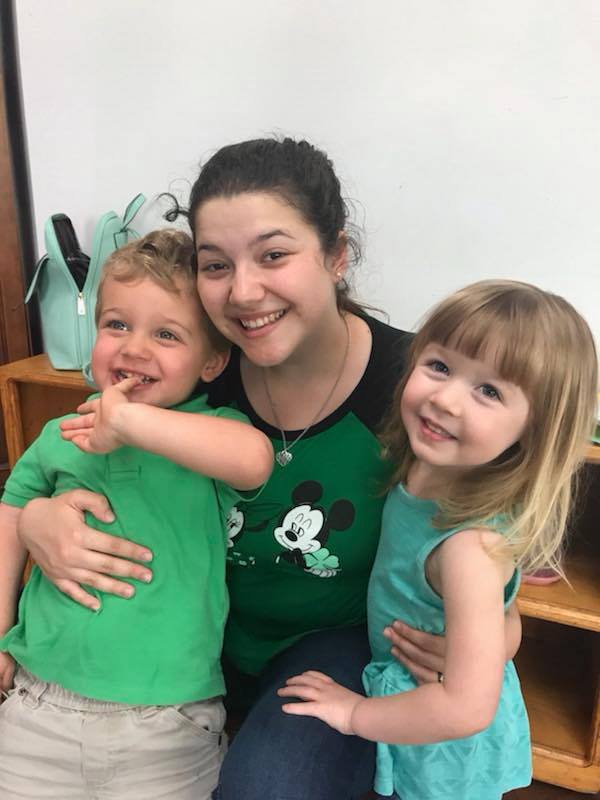Montessori
Montessori
The basic principle in the Montessori philosophy is that every child carries within himself the potential of the adult he is to become. In order to develop his physical, intellectual, and spiritual powers to the fullest, he must have freedom – a freedom to be achieved through order and self-discipline.
The world of the child is full of sights and sounds that appear chaotic at first. From this chaos, the child must create order and learn to distinguish the impressions that assail his senses. Slowly he gains mastery over himself and his environment. Dr. Montessori developed what she called a “prepared environment” which possesses a definite order and disposes the child to develop at his own speed according to his own capacities in a non-competitive atmosphere. “Never let a child risk failure until he has a reasonable chance of success,” says Dr. Montessori, understanding the necessity for the acquisition of a basic skill before its use in a learning situation. Providing positive direction, the Montessori directress and the parents realize the importance of allowing the child to develop in his own time.
Individuality
The method by which children are taught in a Montessori school is extremely disciplined. And since the child has learned to work independently in the prepared environment, he is ready to enjoy the presence of other children without necessarily working directly with them. Thus, the Montessori teacher is able to work with each child individually, illustrating the use of the equipment. Because most of the Montessori equipment is designed so that errors are self-evident to the child, adult intervention in the child’s work is not necessary and is even undesirable once the use of the equipment has been demonstrated.
Self-Motivation
Dr. Montessori recognized that the only valid impulse to learning is the self-motivation of the child. Children naturally move themselves toward learning. Adults often intervene, with the best intentions, and place obstacles to learning in the child’s path. To this effect, Dr. Montessori stated that any unnecessary help given to the child hinders him in his growth. The teacher prepares the environment, observes and directs the activity, functions as an authority and protector to the children and environment, and offers the work according to the readiness and need of each child. What you see in the classroom is not a group of children eagerly circled around the teacher waiting to be taught, but children actively pursuing what they most need to learn at their own unique stage of development. Because their teacher has been trained to be a keen observer of the individual child, she has demonstrated the material and then allows the child ample time to perfect himself. In some cases a child will zoom through the material and clamor for more. Other children will practice and perfect, maybe extend and explore for days with one piece of equipment. Either need is accommodated in the classroom where all the equipment is available to all the children for long work periods every day.
Ungraded Classroom
The Montessori classroom offers every child the opportunity to choose from an incredible variety of specially designed materials. The child can grow as his interests lead him from one level of complexity to another. He works in a group composed of individuals of various ages, abilities, cultures, and interests and is not required to follow anyone else’s program. This process provides younger children models for imitation and older ones an opportunity to reinforce their own knowledge by helping the younger ones. In this way, the child contributes to the group as he receives from it what he needs.
The greatest sign of success for a teacher… is to be able to say, ’The children are now working as if I did not exist.
– Maria Montessori
